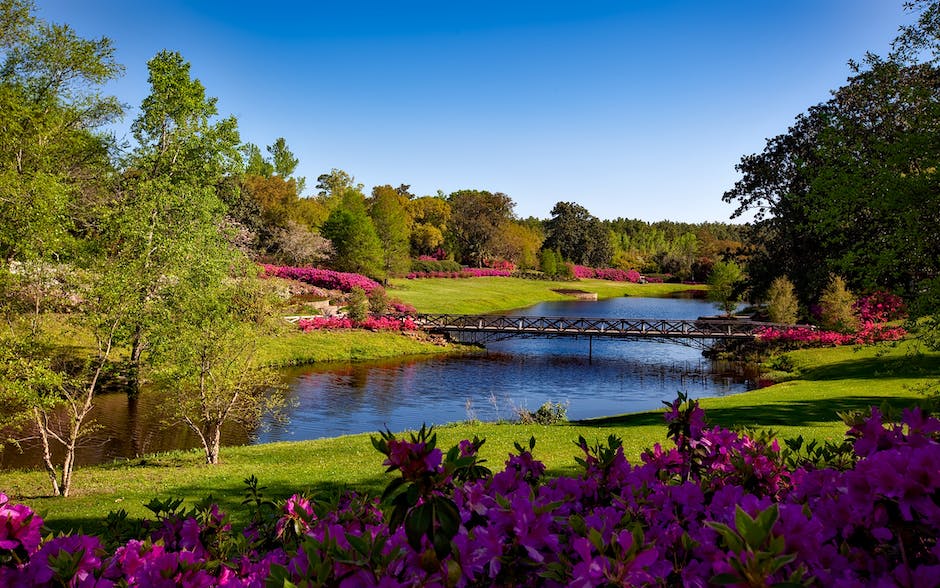What Materials Should I Use for a Raised Garden Bed?
If you’re considering starting a raised garden bed, one of the first decisions you’ll need to make is what material to use. The choice of material is crucial as it can impact the durability, aesthetics, and overall success of your garden bed. In this article, we will explore the best materials for raised garden beds based on expert recommendations and considerations.
Cedar Wood: A Top Choice
When it comes to raised garden beds, cedar wood is often considered one of the best materials. Its natural resistance to rot, insects, and decay makes it a popular choice among gardeners. Cedar wood also has a pleasant aroma and is visually appealing, adding a rustic charm to your garden.
According to an article on Bob Vila, using cedar wood for raised garden beds offers several advantages. Firstly, it is a long-lasting material, which means your garden bed will stand the test of time. Additionally, cedar wood is known for its excellent moisture retention properties, helping to keep your plants hydrated.
Another benefit of cedar wood is its natural resistance to pests. This means you won’t have to worry about termites or other insects damaging your garden bed. Cedar wood is also free from chemical treatments, making it safe for growing vegetables and herbs.
Other Options to Consider
While cedar wood is highly recommended, there are other materials you can use for raised garden beds. An article on Epic Gardening suggests steel, wood, brick, and plastic/resin as viable options.
Steel beds are known for their durability and strength. They can withstand harsh weather conditions and are less prone to warping or rotting. However, steel beds may not have the same natural aesthetic appeal as wooden beds.
Wooden beds, apart from cedar, can be made from different types of wood such as redwood, juniper, Douglas fir, cypress, black locust, and pine as mentioned in the article on Bob Vila. Each type of wood has its own unique characteristics and advantages. For example, redwood is naturally resistant to decay, while black locust is known for its durability.
Brick beds are another option to consider. They provide a classic and timeless look to your garden, and their thermal mass can help regulate soil temperature. However, constructing a brick bed requires some masonry skills and can be more labor-intensive.
Plastic/resin beds are lightweight and easy to assemble. They are also resistant to rot and decay. However, they may not have the same visual appeal as wooden or brick beds.
Pros and Cons
Unfortunately, the article on Backyard Garden Geek does not provide a comprehensive list of the pros and cons of different materials for raised garden beds. However, based on the information gathered, we can outline some general considerations.
- Durability: Steel and some types of wood, such as cedar, are known for their durability and longevity.
- Aesthetics: Wooden beds, especially cedar, offer a natural and visually appealing look to your garden.
- Availability: Bricks are readily available and can be easily acquired for constructing raised garden beds.
- Convenience: Plastic/resin beds are lightweight and easy to assemble.
- Cost: The cost of materials can vary depending on the type of material chosen.
It’s important to weigh these factors and consider your specific needs and preferences when choosing the material for your raised garden bed.
Conclusion
In conclusion, cedar wood is often the top choice for raised garden beds due to its natural resistance to rot, insects, and decay. It offers durability, moisture retention, and an appealing aesthetic. However, there are other viable options such as steel, wood (including redwood, juniper, Douglas fir, cypress, black locust, and pine), brick, and plastic/resin beds. Consider the pros and cons of each material and choose the one that best suits your needs and preferences.
Related Websites:
FAQs:
Q: What are the benefits of using raised garden beds?
Raised garden beds offer improved drainage, better soil quality, and easier maintenance. They also increase yield potential and accessibility.
Q: What factors should I consider when choosing materials for a raised garden bed?
When selecting materials for a raised garden bed, it’s important to consider durability, sustainability, cost, and aesthetics.
Q: What types of wood can I use for a raised garden bed?
Commonly used types of wood for raised garden beds include cedar, redwood, and treated lumber. Each type has its own benefits and drawbacks.
Q: Can I use metal for a raised garden bed?
Yes, metal can be used for raised garden beds. Popular options include galvanized steel, corrugated iron, and aluminum. Metal beds offer longevity and resistance to rot or pests, but heat retention can be a potential concern.
Q: Are there composite materials suitable for raised garden beds?
Yes, composite materials like recycled plastic or wood fibers can be used for raised garden beds. They provide durability, low maintenance, and resistance to rot or pests. However, the environmental impact of certain composites should be considered.






